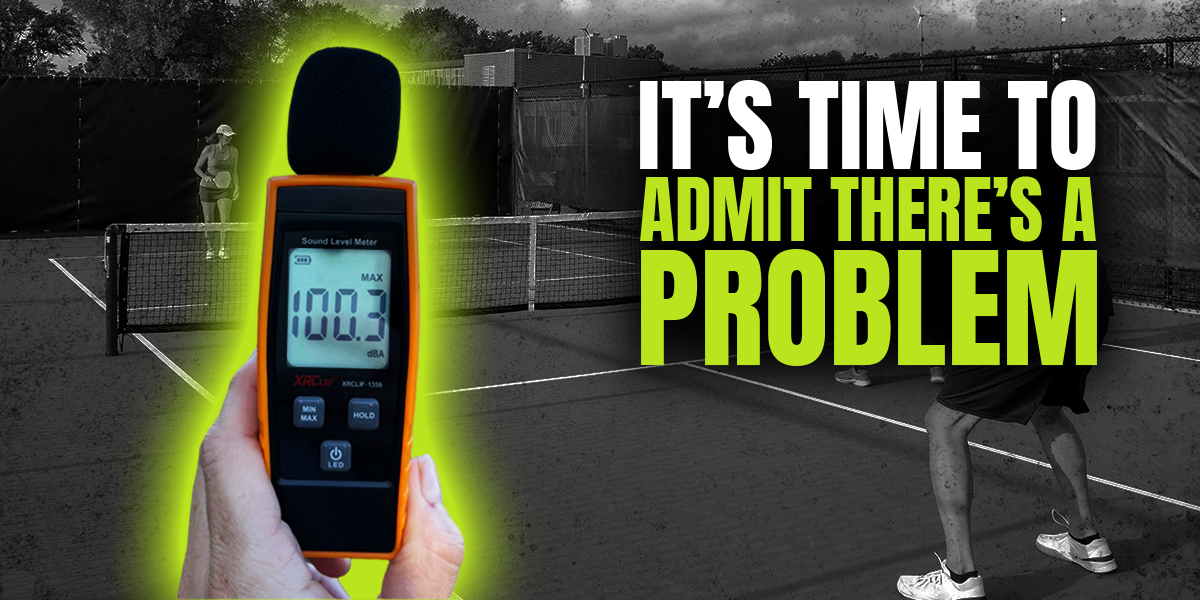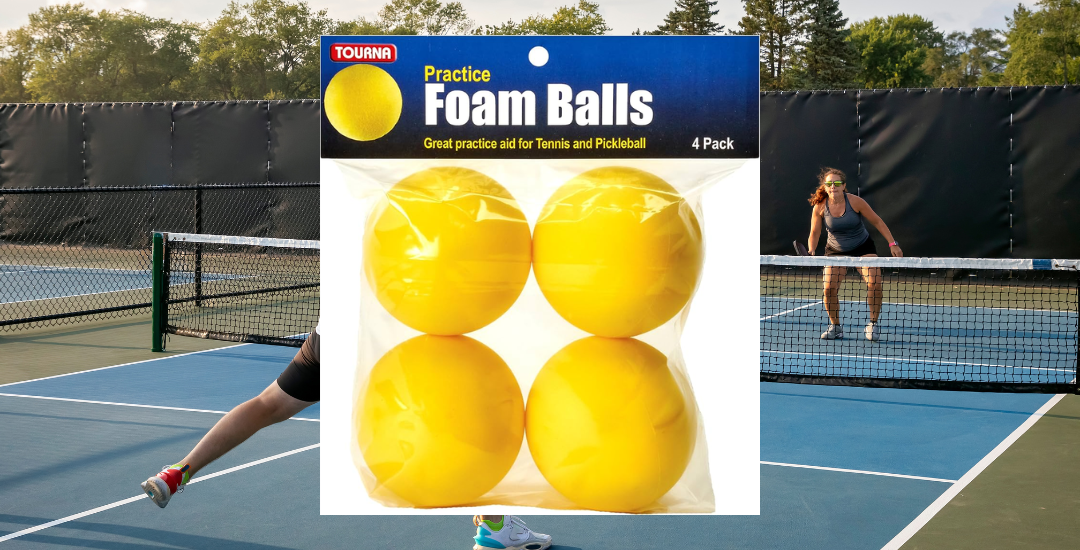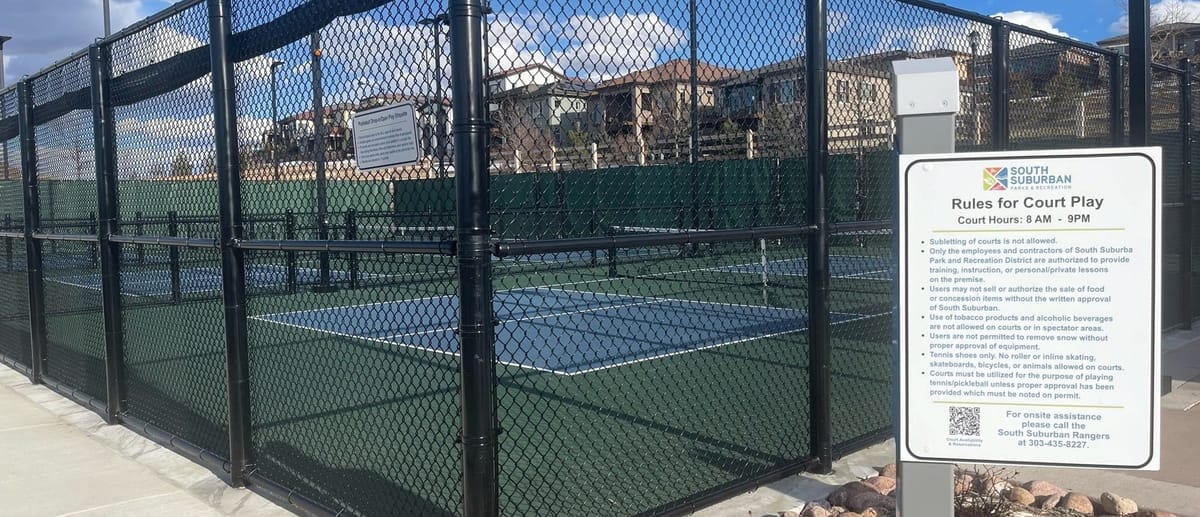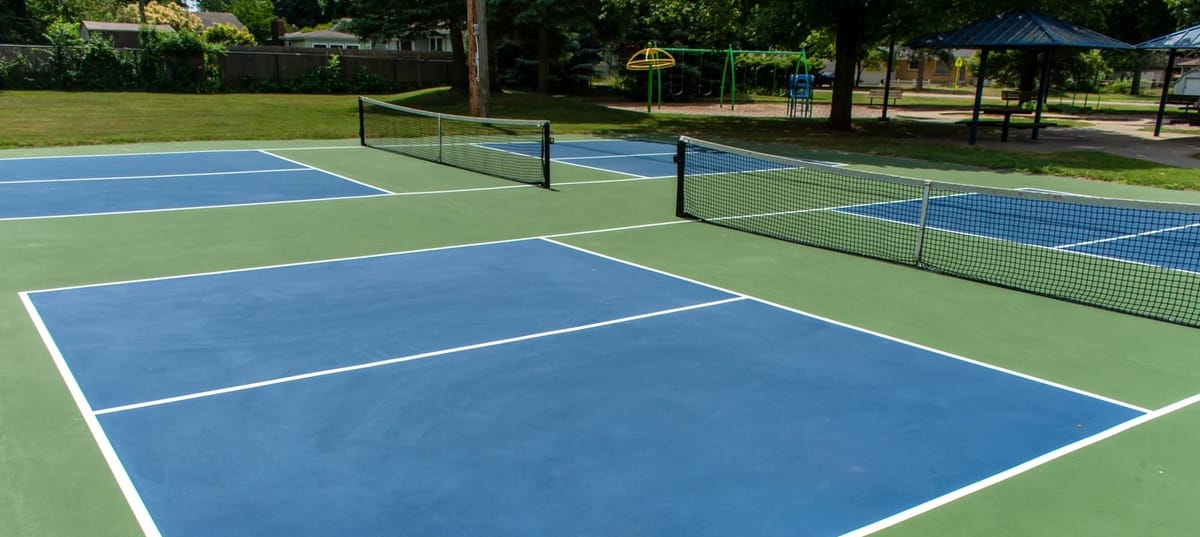
There is an ongoing debate between those who argue that nearby pickleball courts boost real estate values and those who contend they detract from them.
Every week, new stories emerge supporting both sides of the argument.
- Read: City to Require Foam Balls for Pickleball, Reduce Noise
- Read: Mass. Homeowner Can't Sell House Because of Pickleball Noise
- Read: Want to Increase the Value of Your Home? Consider Putting in a Pickleball Court
While some buyers see these courts as an attractive amenity, others raise concerns over noise and traffic, which can negatively impact a home’s value.
Understanding how proximity to pickleball courts influences property values requires a deeper look at buyer preferences, the specific location of the courts, and the balance between the benefits of recreational amenities and the potential drawbacks they bring.
The Mixed Impact of Pickleball Courts
The effect of nearby pickleball courts on property values is not straightforward. While some buyers see courts as a perk, others may view them as a detriment. The main issue stems from noise—specifically, the repetitive sound of paddles hitting balls, which can disrupt the peacefulness of residential neighborhoods.
Depending on a property’s proximity to the courts, this noise can have varying degrees of impact on its value.
Noise Concerns: A Real Problem
As we've reported before, noise concerns (for some) are a real problem.

One of the biggest complaints from homeowners near pickleball courts is the constant “pop” of paddles and balls during games, which can become a major disturbance, particularly for those living directly adjacent to the courts.
This noise pollution can lower one's overall quality of life, making some potential buyers hesitate to consider a home in such proximity.
Property Value Impact: What the Numbers Show
According to recent reports, properties near pickleball courts can experience different value changes based on their exact distance from the courts:
- Directly Adjacent Properties: Homes located right next to pickleball courts could see a 10-20% decline in property values due to noise pollution and traffic from players.
- 1-2 Blocks Away: Properties located slightly farther, about 1-2 blocks from courts, may experience a 5-10% decrease in value.
- 3+ Blocks Away: Interestingly, homes located three or more blocks from the courts could see a 1-5% increase in value, benefiting from the convenience of nearby courts without the associated noise.

A Marketing Opportunity for the Right Buyer
Despite the concerns, realtors are finding ways to turn nearby pickleball courts into a selling point. Having courts nearby can be a huge advantage for buyers who are fans of the sport or live an active lifestyle.
Marketing these homes specifically to pickleball enthusiasts or active adult communities can help overcome potential objections and highlight the benefits.
Targeted Marketing and Price Sensitivity
Targeted marketing to the right buyer pool can make all the difference. Homes near pickleball courts can be marketed as ideal for those who value outdoor recreation and community engagement.
Additionally, real estate professionals can use strategic pricing to balance the potential drawbacks related to noise or proximity. Appropriately priced homes will be more attractive to buyers willing to overlook—or even embrace—the nearby courts.

Location Matters
The specific location of the courts in relation to the home plays a critical role in whether they are seen as a positive or negative feature. Homes that are some distance from the courts but still within walking range may benefit the most, enjoying convenience without the noise.
Pickleball Courts as a Community Amenity
In some neighborhoods, pickleball courts are considered an amenity that brings people together. For these communities, courts are a draw rather than a drawback. They provide a social outlet, foster a sense of community, and can even boost property values for homes that aren’t directly impacted by noise.

With the surge in pickleball’s popularity, more communities are adding courts, and the real estate implications are becoming increasingly relevant.
Of course, we'll keep you updated on which way the rope is pulling in this ongoing tug-of-war.
|

Love Pickleball? Join 100k+ readers for free weekly tips, news & gear deals.
Subscribe to The DinkGet 15% off pickleball gear at Midwest Raquet Sports






